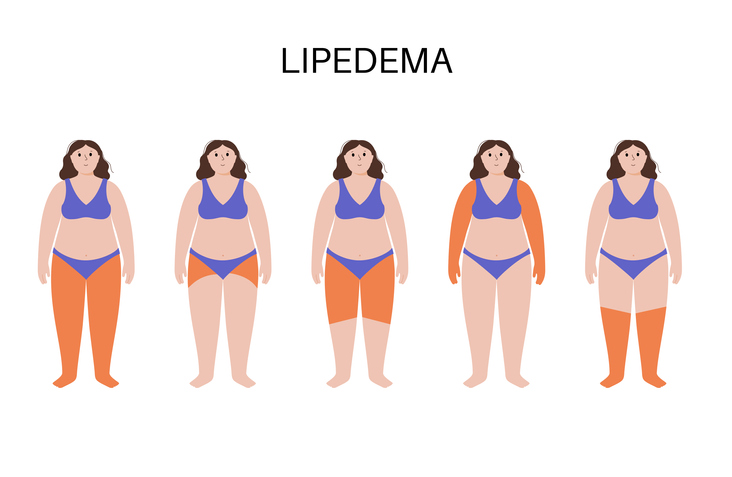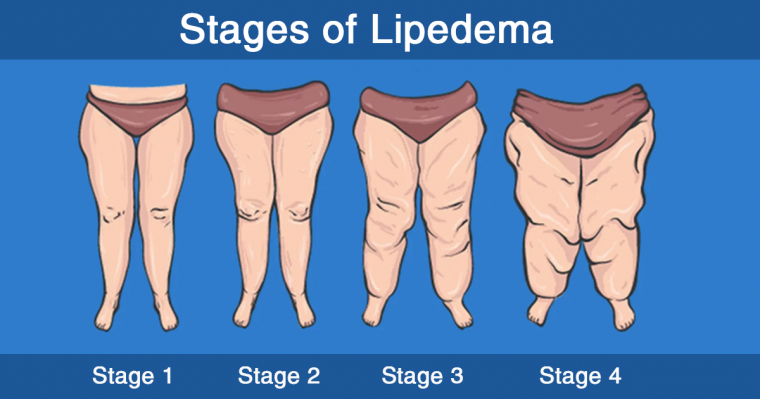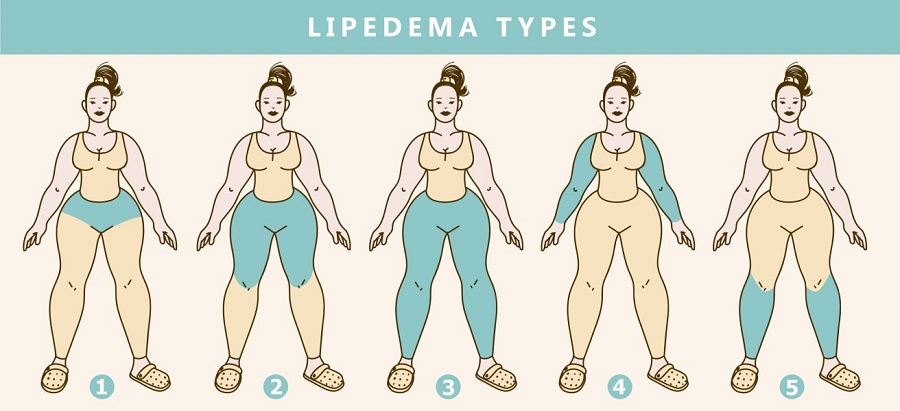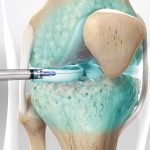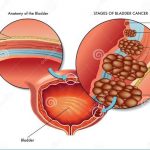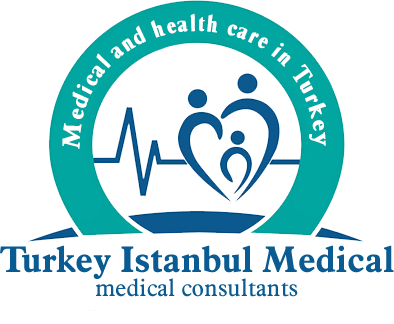What is Lipedema?
Lipedema is a problem that occurs as a result of abnormal fat retention in the legs, which has negative effects on aesthetic and body functions. Lipedema is a genetically transmitted problem.
Genetic problems occur due to genetic factors passed on to the person. And as a result of these problems, especially secondary to the imbalance of estrogen hormone, fat accumulation occurs in the legs. In this respect, we can say that lipedema is actually a hormonal-metabolic problem.
Lipedema, also called painful legs syndrome, manifests itself by creating excessive swelling, especially in the hip and leg areas.
The swelling does not affect the feet. However, it creates fluid and oil accumulation.
Lipedema, a chronic disease;
- On the legs,
- On the hips and
- In the calves
It is a fatty tissue disease that causes abnormal swelling.
Lipedema, a rare disease, is more common in women, but also in men.
Lipedema, the symptoms of which begin to appear with the period of dominance, can cause pain and bruises on the skin.
What Causes Lipedema?
- Lipedema is a disease mostly seen in women.
- And the causes of lipedema are wondered by many women.
- However, scientific data explaining the cause of the disease have not been determined yet.
- And there are several conditions that are thought to cause the disease. One of them is genetic background.
- Because, according to many scientific studies, most cases of lipedema are transmitted genetically.
- 15% of people with lipoedema stated that they had the same problem in their families.
- In addition to genetic transmission, various hormonal disorders can also cause lipedema.
- The reason for this thought is that the disease usually occurs in adolescence and later periods.
- It is also known that estrogen hormone interacts with fat metabolism in the body.
- There is evidence that various vascular disorders can also cause lipedema.
- This may be associated with disorders, particularly in the capillaries and lymphatic vessels.
- Damage to capillaries can cause bleeding and bruising under the skin.
- However, excessive permeability that may occur in the vessel wall may cause protein reduction and edema formation.
- In some people, the number of fat stem cells may unexpectedly increase.
- As a result, more fat than normal is stored in various parts of the body.
Who Gets Lipedema?
Those who wear tight clothes for a long time, have mental problems due to intense stress and anxiety, and have weight problems due to adolescence may have lipedema. In this regard, it is recommended that lipoedema treatment be done from our clinic.
What are The Symptoms of Lipedema?
The onset of lipoedema occurs especially during periods when women are exposed to hormonal changes. And it progresses over time.
These periods are;
- Puberty,
- Pregnancy
- And menopause.
It can also occur in situations that disrupt the patient’s hormonal balance, such as trauma, severe surgeries and severe diseases.
- Lipedema is a slowly progressive disease.
- The disease is accompanied by different levels of obesity.
- Obesity exacerbates the disease.
- Although the severity of the disease decreases with obesity treatment, the swelling in the legs does not completely disappear.
- In patients with lipoedema, the legs are thicker than the trunk due to increased adipose tissue.
- Swelling and increase in diameter are seen in the hip, thigh and calf.
- That is, there is a disproportion between the legs and the trunk.
- Thickening and swelling in the legs, disproportionate to the body,
- No swelling in the feet and hands,
- Thickening of the subcutaneous tissue, irregularities and sagging in the affected areas,
- Palpation of round swellings (nodules) under the skin,
- The swelling in the legs does not decrease with weight loss,
- The affected areas are sensitive,
- Clarification of capillaries on the skin and a tendency to bruise,
- Pain and bruising in the legs,
- Restriction in joint movements,
- Difficulty in walking,
- Increasing complaints with weight gain,
- It is a feeling of swelling or tension in the legs and calves in summer.
What Orthopedic Problems Occur in Lipedema?
Lipedema patients may face many orthopedic problems. One of them is the posture disorders seen in the spine due to the deterioration of the body balance of the patients.
Posture is impaired due to lipoedema. And this is followed by neck straightening.
As a result, a hump-like protrusion occurs at the root of the neck. In fact, many patients think that they have a mass in their neck and apply to the doctor.
Another orthopedic problem that develops due to lipoedema is the deepening of the lumbar cavity and the more protruding hips as a result of the deterioration of the balance of the spine.
This situation disrupts the balance of the load on the hips and knees of the patient. And a bow leg can develop in the knees, also known as an “X” leg deformity.
In addition, outward slippage and flat feet may develop in the ankle. Since these patients have connective tissue disorders, problems such as joint dislocation and ligament injuries are more common.
- Posture disorder,
- Neck flattening and swelling at the root of the neck,
- Spine disorders due to increased leg weight, spinal curvature, posture disorder in the entire spine,
- Increase in the waist pit,
- Impairment of the load balance on the hip and knee,
- Crooked leg (X leg) deformity,
- Susceptibility to ligament injuries,
- Outward slip on the ankle,
- Flat feet (Sole collapse).
What are The Stages of Lipedema?
Lipedema is divided into stages according to the amount of fat accumulation.
-
Stage 1:
Skin is normal and soft, increase in subcutaneous adipose tissue
-
Stage 2:
The skin is rough, there are nodules of fat that are the size of a pearl to the touch.
-
Stage 3:
Large fat masses caused curvature and deformities around the knee and upper part of the leg.
-
Stage 4:
Lymphedema is added to the table, and lipolymphedema, in which large tissue sagging occurs, develops.
What are Lipedema Types?
A classification system has been introduced according to the regions where lipoedema is involved in the leg.
- Type 1. Involvement is mostly in the hip region.
- Type 2. Involvement is seen in the hip and thigh region.
- Type 3. There is involvement of the whole leg.
- Type 4. There is involvement in the arm region.
- Type 5. Involvement is seen in the calves.
How is Lipedema Diagnosed?
There is no definitive diagnostic method for lipoedema. Diagnosis; It is made by examining the patient, clinical evaluation and exclusion of other diagnoses. Diagnostic criteria for lipoedema have been defined by different authors.
- Almost all of the patients are women.
- There are symmetrical fat deposits in both legs. Feet are protected.
- When the edema in the leg is pressed by hand, it leaves a very small amount of temporary scars.
- Stemmer’s sign seen in lymphedema is not seen in lipoedema.
- Pain and tenderness occur when the skin is pressed by hand.
- There is easy bruising on the legs.
- Despite losing weight and lifting the legs, permanent edema and thickening occur in the legs.
- The arms are affected in 30% of patients.
- The skin is usually cold.
- Swelling in the legs increases in summer.
- Despite the decrease in calorie intake, there is no improvement in the clinical picture.
- There may be capillary varicose veins.
Lipedema Treatment
Lipedema is a chronic disease with limited treatment options. Today’s treatment options are aimed at reducing the complaints of the patients and maintaining the general health level.
-
Conservative Treatment
-
Exercise:
It is recommended to reduce body weight, strengthen muscles, increase blood and lymph flow, and support mental health.
Low-intensity exercise types such as walking, lymphatic yoga, cycling, pilates are often used.
It is also recommended to exercise in the pool.
-
Diet and Healthy Eating:
Although the appropriate diet varies from patient to patient, it is important to have a healthy diet with regular exercise. Although different diets such as Stone Age diet or Anti-inflammatory diet are applied by the patients, a patient-specific diet should be arranged with a dietitian.
-
Psychological Support:
Psychosocial problems such as depression, isolation and eating disorders are frequently observed in patients with lipoedema.
Individual or group therapies under the supervision of a psychologist provide mental and spiritual support to the patient. counseling and support groups are important due to the mental health issues associated with lipedema.
-
Orthopedic Support:
An increase in body weight and a disproportionate increase in leg mass cause disorders in the joints and walking axis. Flat feet are common. It is important that patients in advanced stages are evaluated by orthopedics in terms of wearing appropriate shoes and limitation of movement.
-
Compression Therapy:
Special compression garments for the body parts affected by lipoedema can be used. For this purpose, there are materials that are easy to put on and take off, such as the Velcro bandage made of non-stretchable materials. Compression therapy applies pressure to the affected legs, promoting lymph flow, reducing edema and pain.
-
Manual Lymphatic Drainage:
With this special massage applied by the Physical Therapy and Rehabilitation units, it helps to drain the excess fluid in the tissues of the legs through the lymphatic vessels.
-
Complex Decongestive Treatment:
It is a program that includes many treatment methods to reduce swelling and edema in the legs by the Physical Therapy and Rehabilitation unit.
A special treatment program is applied to the patient by a physiotherapist.
And it includes manual lymphatic drainage or intermittent pneumatic compression, personalized bandage, compression garments, and therapeutic exercises.
-
Breathing Exercises:
Deep breathing exercises are helpful as they activate the diaphragm and promote lymphatic flow.
-
Food Support Products:
Cokina (Christmas Flower) herb extract and selenium supplementation have been reported to reduce complaints in patients with lipedema.
These two food supplements are recommended for patients in lipoedema support groups.
-
Surgical Treatment
Surgery is the only possible method to correct abnormal adipose tissue. Two types of operations applied for this purpose are liposuction and reduction surgery.
It is a method of removing adipose tissue under general or local (tumescent and water-assisted) anesthesia and through a cannula.
One end of the cannula is placed in a vacuum device. The other end is inserted through the skin incision into the adipose tissue.
And it absorbs and removes oils. It has been reported that the liposuction method is effective in the treatment of lipoedema, reduces complaints such as pain, tactile sensitivity and bruising, improves cosmetically and improves quality of life.
In addition, the Dutch scientific guide, before applying liposuction to patients;
- Edema,
- Obesity,
- Unhealthy lifestyle,
- Lack of physical activity
- And recommends conservative treatment for psychosocial problems accompanying lipoedema.
-
Reduction Surgery:
This surgical procedure, also known as excision and resection, involves the removal of localized large lipedema tissues together with the surrounding tissue.
Accumulation of excess adipose tissue around the knee joint can lead to knee deformities and inability to walk over time.
This operation is applied for patients in advanced stages.
Things to Consider After Lipedema Surgery
After the application of liposuction for the treatment of lipoedema, the treatment initially continues for about 6 weeks. After lipoedema surgery, you should always wear tight clothes. You can usually take a shower two days after lipoedema surgery.
Special skin treatments such as lymphatic drainage or endermology after application can help speed up the healing process. However, these adjunctive treatments are to be preferred when prescribed by a doctor.
You will be able to move after the surgery, but of course you may experience some restrictions due to swelling and discomfort. It is recommended to take a break from sports activities on the treated areas of the body until the symptoms have clearly improved.
Usually you can resume normal life after about 6 weeks. In this process, you should try to follow the doctor’s recommendations, use drugs correctly and not overload your body.
To achieve the desired result, what needs to be considered after lipoedema surgery is as important as the surgery. Postoperative patient care without interruption will increase the success of the surgery outcome.
